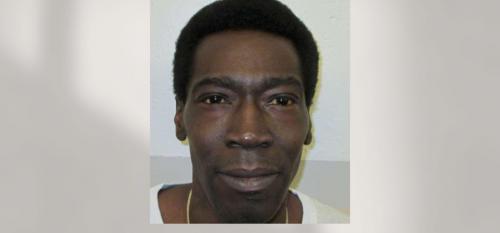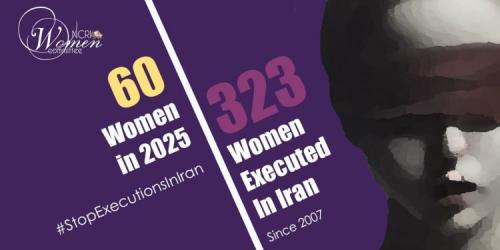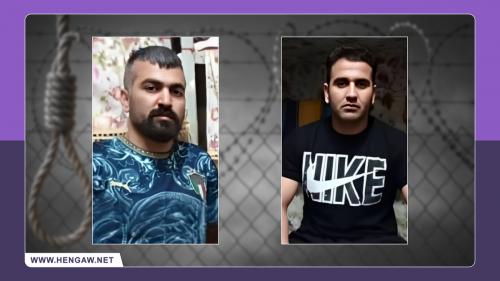29 October 2025 :
October 27, 2025 - Alabama. Serious anomalies in the execution of Anthony Boyd
Execution Witnesses Report “Violent Thrashing” of Prisoner and More Than 225 “Agonized Breaths” in Nitrogen Gas Execution
On October 23, 2025, Alabama executed Anthony Boyd, despite his unwavering claim of innocence and a fiery dissent authored by U.S. Supreme Court Justice Sonia Sotomayor, renewing the serious concerns that have been consistently raised about the state’s use of nitrogen gas. Justice Sotomayor, joined by Justices Kagan and Jackson, dissented from the Court’s October 23, 2025, denial of a stay of execution, writing that Alabama’s use of nitrogen gas “violates the Constitution by inflicting unnecessary suffering[.]” Justice Sotomayor noted seven people have been executed by nitrogen gas since the January 2024 execution of Kenneth Smith, and argued that the Court should have prevented Mr. Boyd from becoming the eighth.
In the Court’s dissent, Justice Sotomayor noted that Mr. Boyd would remain conscious for “up to seven full minutes of [] excruciating suffocation,” during which he would experience “intense psychological torment” while suffocating against the primal instinct to breathe. In fact, Mr. Boyd was conscious for more than twice that amount of time. Justice Sotomayor wrote that use of this method would amount to “superadded psychological torment” that “goes well beyond what is inherent in any constitutional method of execution.” Justice Sotomayor said the problems present in each of the state’s previous nitrogen gas executions — where each individual exhibited continued consciousness and intense shaking and thrashing — raised enough concern to question the constitutionality of nitrogen gas executions.
According to media witnesses, Mr. Boyd’s execution was the longest nitrogen gas execution thus far, taking nearly 40 minutes for Mr. Boyd’s time of death to be announced. Journalist Lee Hedgepeth, who has witnessed several nitrogen gas executions, took a detailed account of Mr. Boyd’s execution. At 5:50pm, correctional officers opened the curtains to the execution chamber, and Mr. Boyd spoke his last words.
At 5:55, a prison official checked the gas mask attached to Mr. Boyd’s face and his spiritual advisor began to read aloud from his Bible. Two minutes later, at 5:57, media witnesses reported that Mr. Boyd began to “violently react, thrashing against his restraints.” According to Mr. Hedgepeth, Mr. Boyd’s eyes rolled back, and he continued to convulse, lifting his legs from the gurney. By 6:00, Mr. Boyd’s movement steadied, but he “began a series of deep, agonized breaths that lasted for more than 15 minutes, each break shuddering Boyd’s restrained head and neck.” According to Mr. Hedgepeth’s account, Mr. Boyd gasped more than 225 times. At 6:16 Mr. Boyd was still drawing deep breaths. Within a few minutes, according to the Montgomery Advertiser there was no movement. Prison officials announced Mr. Boyd’s time of death at 6:33pm.
In 2018, the Alabama legislature passed a bill authorizing the use of nitrogen gas in executions and gave death row prisoners 30 days to designate whether they would be executed by nitrogen gas or lethal injection. Mr. Boyd initially agreed to have nitrogen gas used as his execution method before there was a protocol or any information about how it would be used; he later attempted to revoke this decision because he had lacked sufficient information to make an informed decision at the time. His counsel filed a legal challenge in July 2025, contesting Alabama’s use of nitrogen gas on two constitutional grounds: that the execution method itself constitutes cruel and unusual punishment prohibited by the Eighth Amendment; and that the state’s withholding of an unredacted protocol denies him due process.
Chief U.S. District Judge Emily Marks denied Mr. Boyd’s challenge and request for a stay of execution. Counsel for Mr. Boyd appealed this decision to the U.S. Court of Appeals for the Eleventh Circuit which denied his request for a stay of execution.








